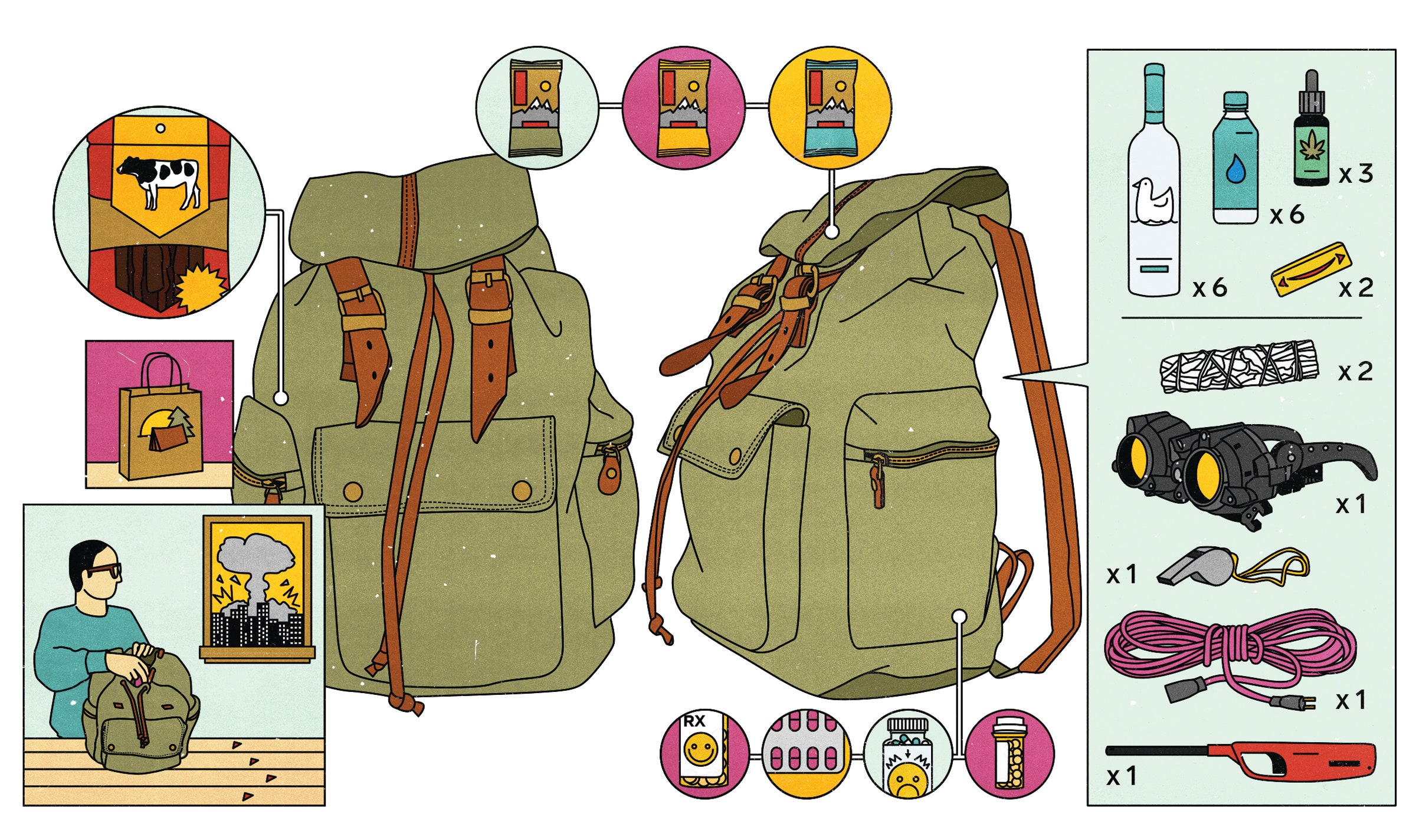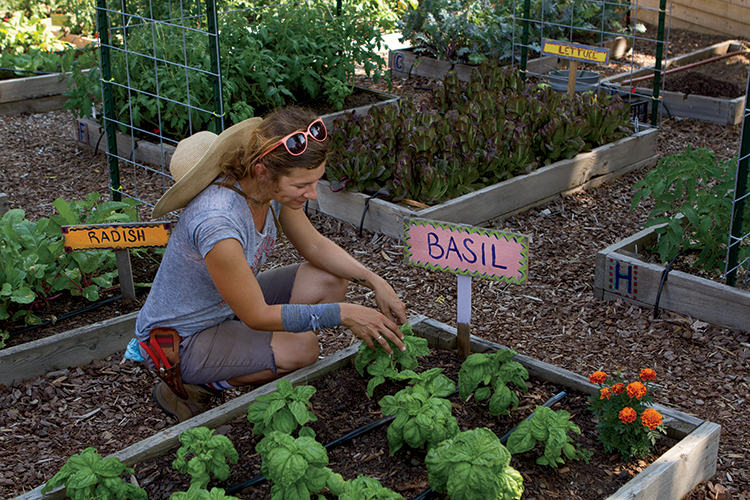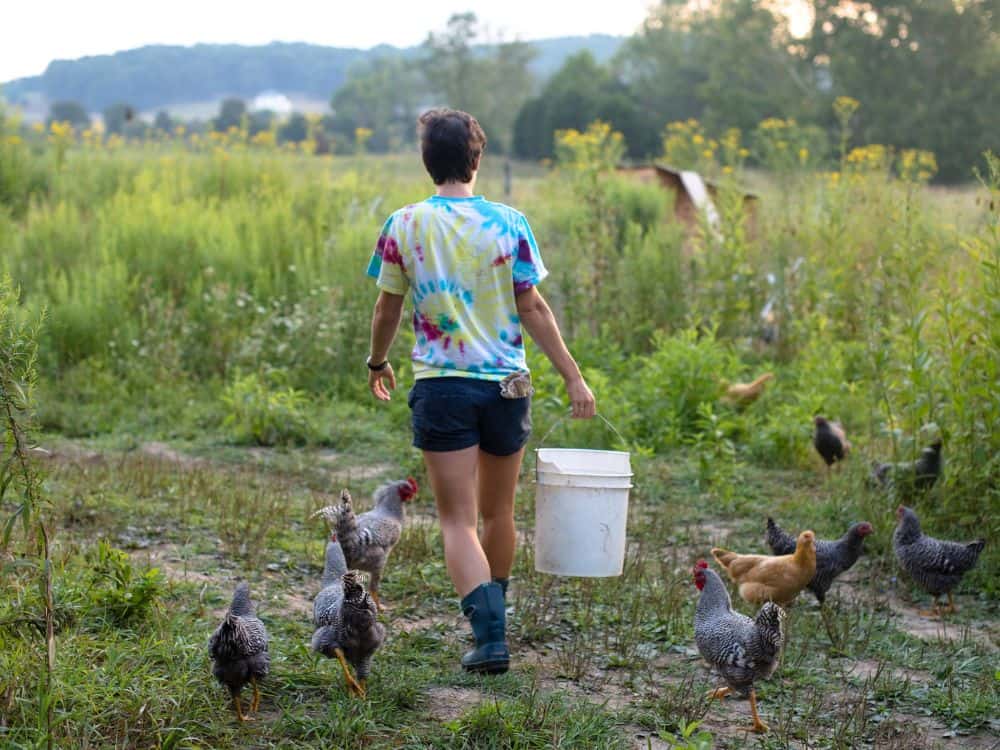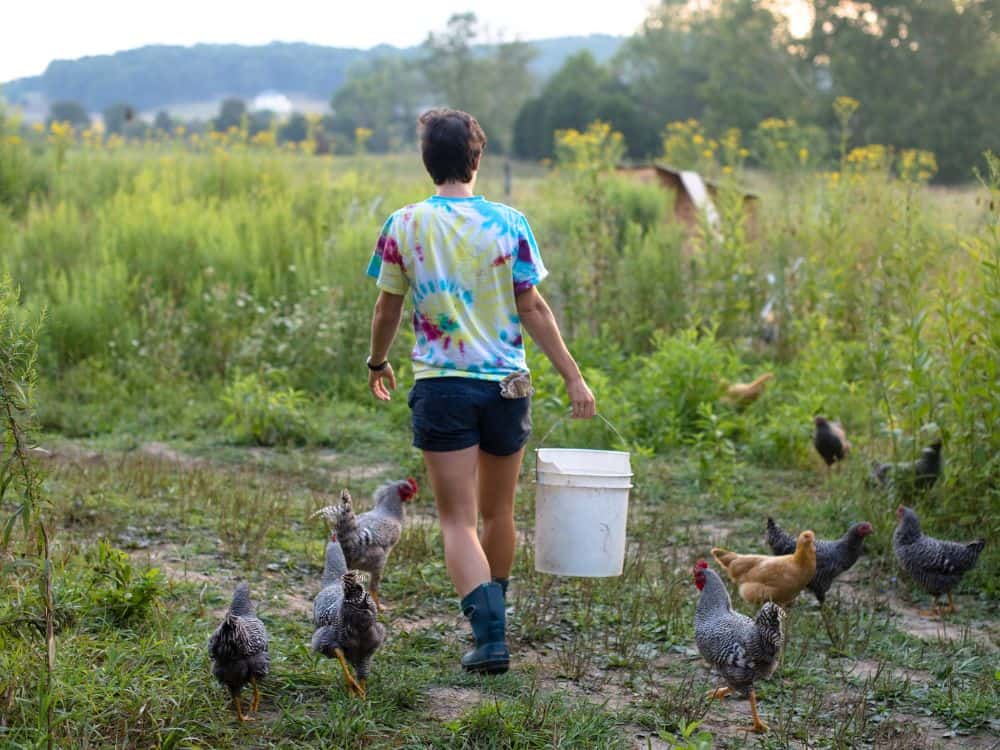Sustainable Living on Modern Homesteads: How to Live in Harmony with Nature
In recent years, more and more people are becoming interested in living a more sustainable lifestyle, and homesteading is one way to achieve this. Homesteading is the practice of living a self-sufficient lifestyle, and it’s becoming increasingly popular today. A modern homestead is one that incorporates sustainable and eco-friendly practices to reduce its impact on the environment. In this blog post, we’ll explore the different ways to live sustainably on modern homesteads.
1. Grow your food
One of the best things about living on a homestead is the ability to grow your food. You can create a vegetable garden, grow fruit trees, and even raise animals for meat or eggs. By growing your food, you’re reducing the amount of fossil fuels used in transportation and reducing your carbon footprint.
2. Use renewable energy sources
Modern homesteads are designed to be energy-efficient. You can install solar panels, wind turbines, or hydroelectric generators to produce your energy. These renewable energy sources are sustainable and reduce your reliance on fossil fuels.
3. Reduce water consumption
Water is a precious resource, and it’s essential to conserve it. Modern homesteads incorporate ways to reduce water consumption, such as installing low-flow showerheads, using rainwater collection systems, and using gray water for irrigation.
4. Composting
Composting is a great way to reduce waste and create nutrient-rich soil for gardening. Modern homesteads often have a composting system to recycle food scraps, yard waste, and other organic materials.
5. Reduce waste
Modern homesteads are designed with minimal waste in mind. You can reduce your waste by using reusable containers instead of disposable ones, buying in bulk to reduce packaging, and avoiding single-use products.
In conclusion, sustainable living on modern homesteads is achievable by implementing eco-friendly practices like growing your food, using renewable energy sources, reducing water consumption, composting, and reducing waste. Living a sustainable lifestyle doesn’t have to be challenging or expensive. With a little effort and planning, you can live in harmony with nature while reducing your impact on the environment.











